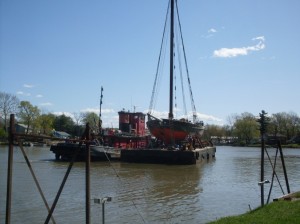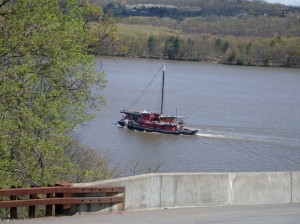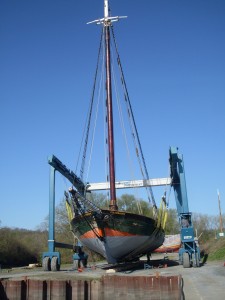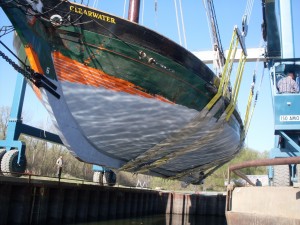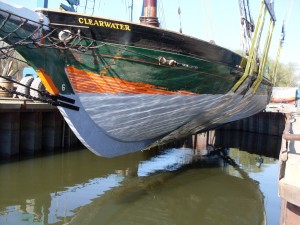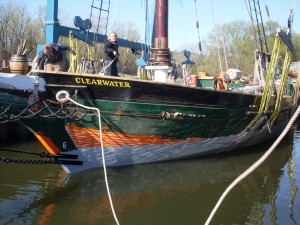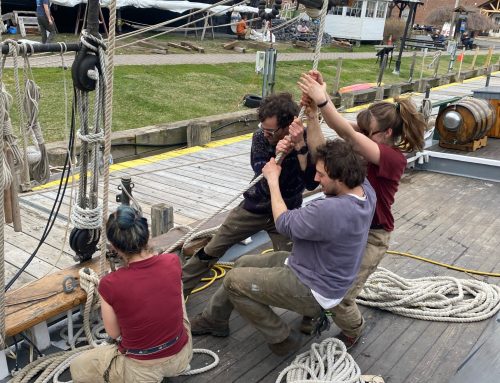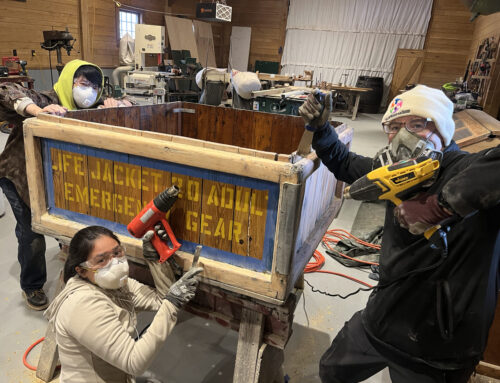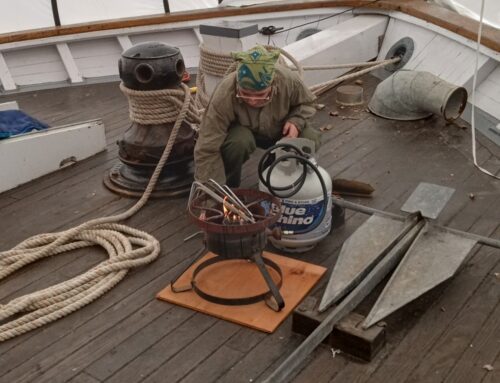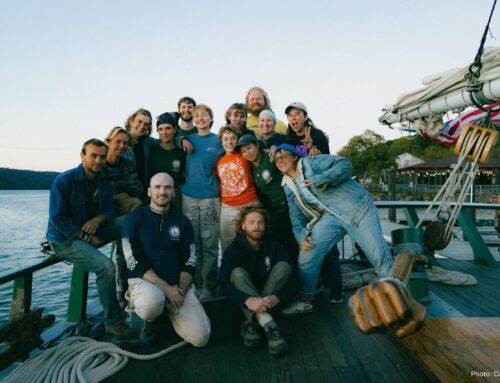There are times when there are so many things going on it’s difficult to focus on any one thing and drastic steps need to be taken, like posting a 24×36 inch whiteboard in my office writing out six category headings, then filling up the ENTIRE whiteboard with each particular task to be addressed or accomplished within the upcoming weeks. There was:
BOAT (with things like Coast Guard Inspections and scheduling),
CREW (paperwork, uniforms, training, etc.),
FINANCIAL (paying the shipwrights and submitting our grant paperwork),
OUTREACH (planning our open house parties & upcoming Five Boro Bike Tour fundraising team),
PURCHASING (things like 18 new mattresses & their covers and 15 gallons of environmentally-friendly bottom paint)
WEDDING (my own, and many of you know what a project that can be);
and it seemed that each time I crossed off one task, another took it’s place. I spent about a month and a half with my head on the verge of spinning right off .
And then it stops, and there are times when it doesn’t matter what else is going on and there is only ONE thing to focus on – the boat going back in the water. On Monday, April 12th with the crew standing by on board the tug, we cast off docklines from Lynch’s Marina and the barge, sloop and tug headed north to Albany.
After one and a half days that contained only JUST enough hours to get the hull prepped and painted, we were ready to float.
Now a wooden boat that has spent 5+ months high and dry will leak when it goes back in the water. Much like a sponge, wood expands when it gets wet and shrinks when it dries out. That expansion, working in conjunction with the cotton and oakum materials that are driven into the seams between the planks is what creates the watertight skin of the hull. The problem is that UNLIKE a sponge, the process for a wooden boat, called swelling, takes a bit of time. We had extra pumps standing by and the crew was prepped and ready for standing overnight watch. Once the slings are on and secure and Eric (the foreman) has the travelift fired up and humming, we have to turn the operation over to his expertise and watch patiently as he lowers the Sloop slowly into the water.
There was certainly a fair bit of pumping to do for the next 24-48 hours, but thanks to the high quality of the materials and craftsmanship and the resiliency of our hull, we saw the steady flow of the first few hours taper down to a mere trickle within a day. And within two days we were back at the Town dock in Saugerties and back to our regular pumping routine.
Up next, dressing our rig for sailing! Classroom of the Waves here we come!

